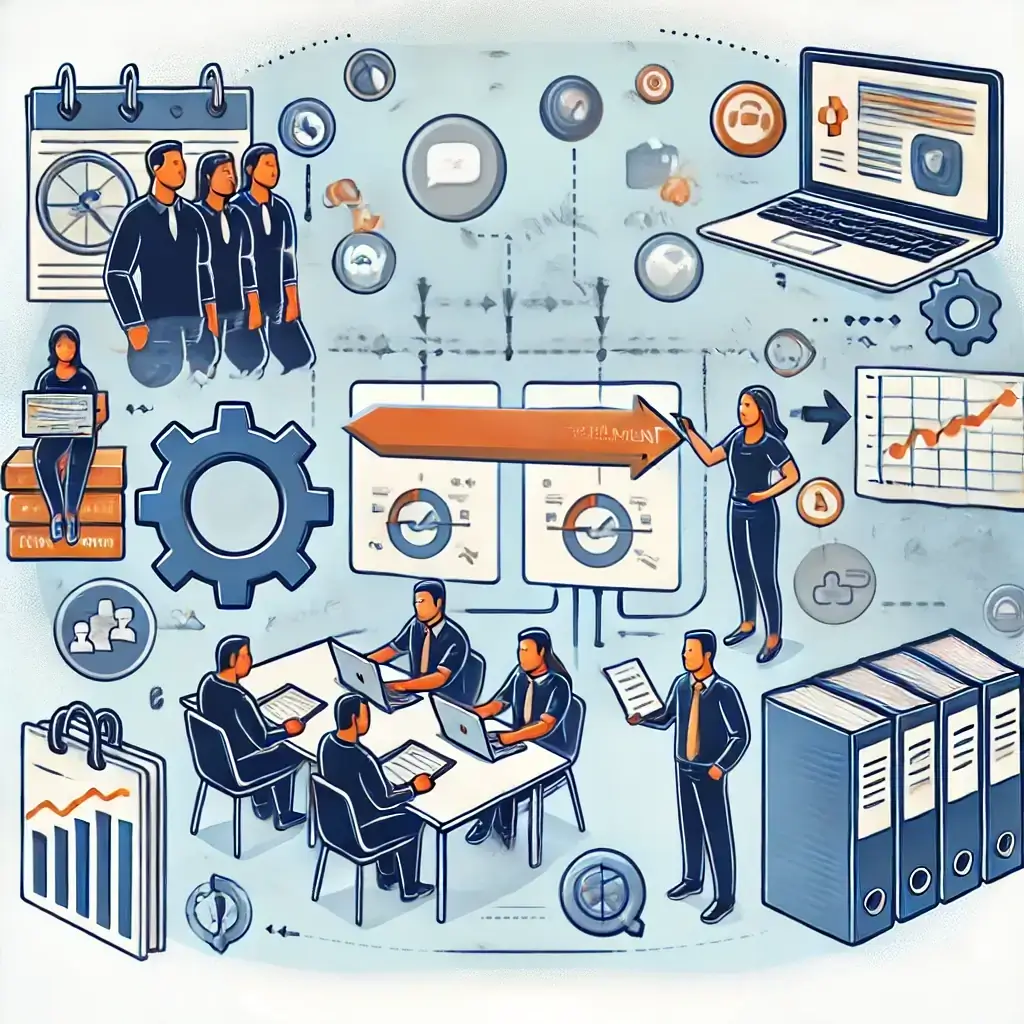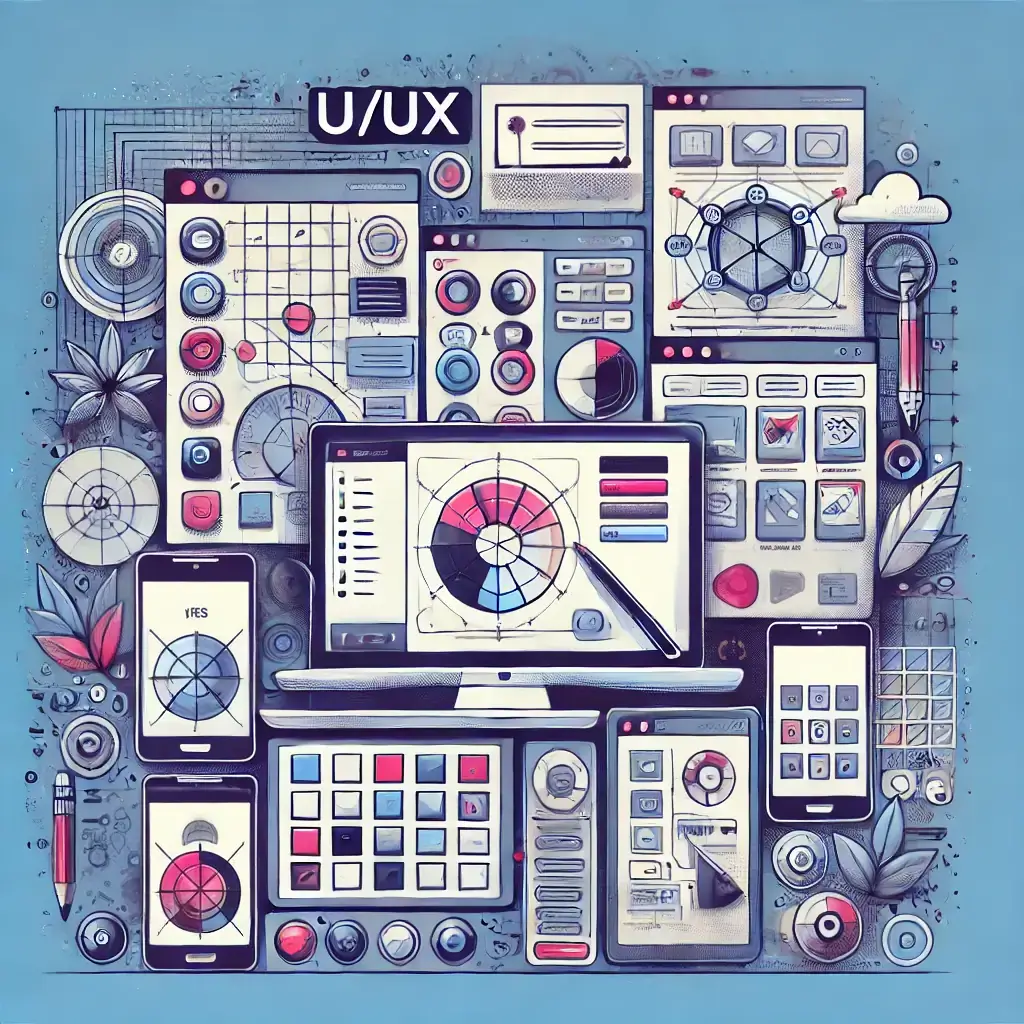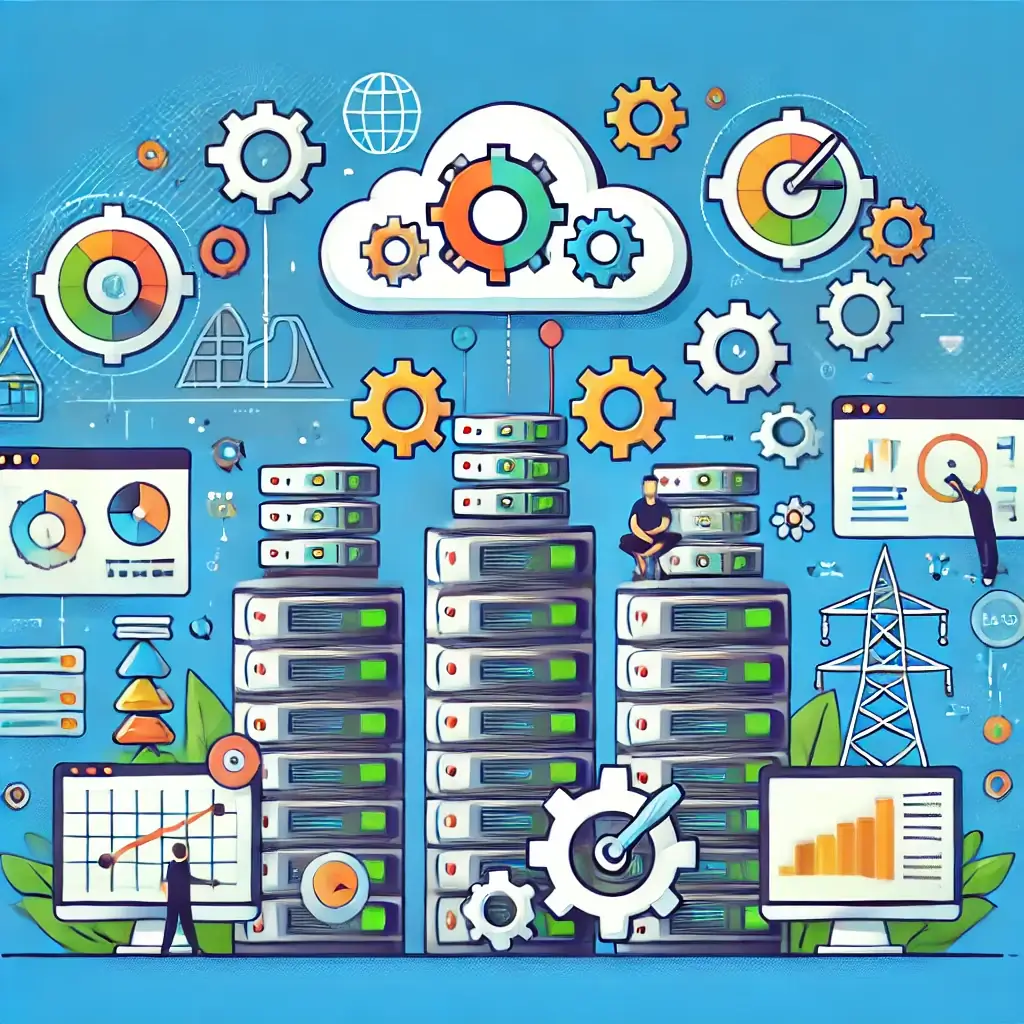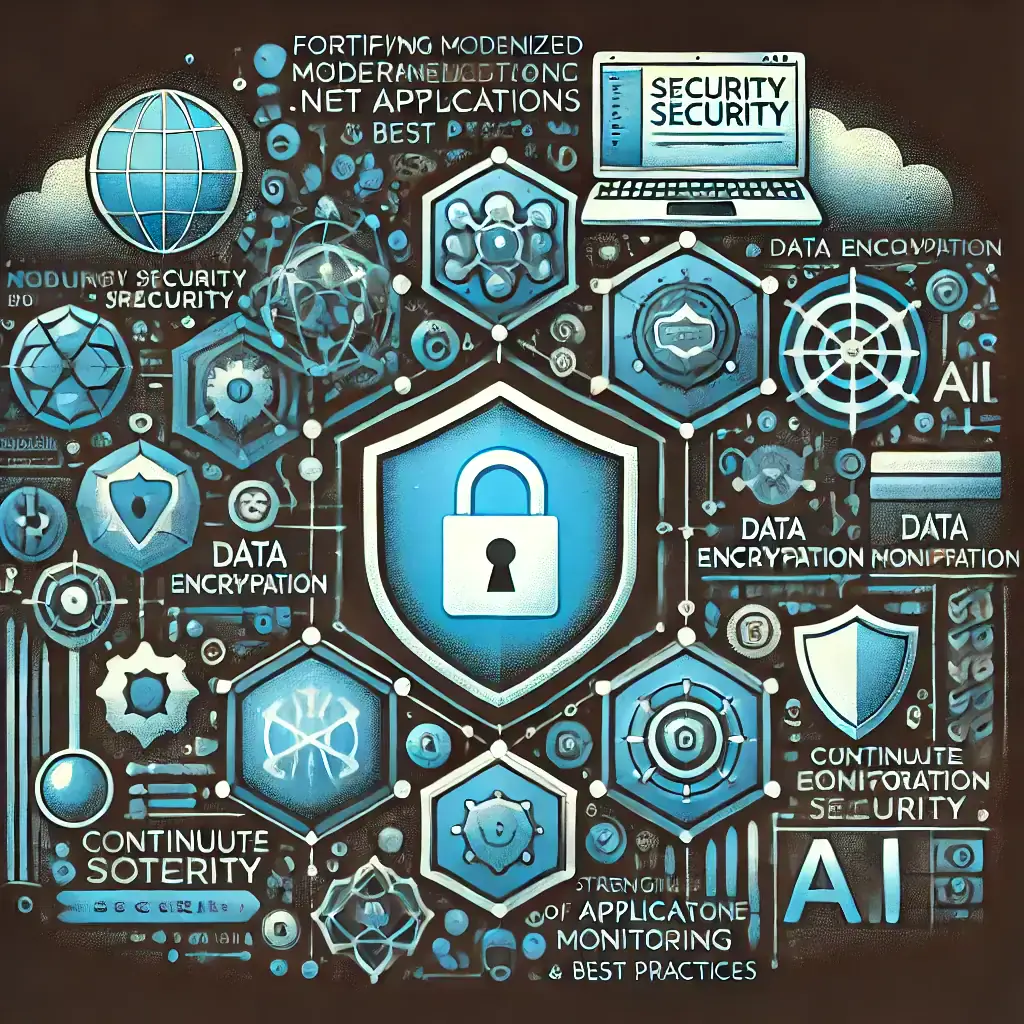· iWork Technologies Team · Product Modernization · 5 min read
Training and Change Management while Modernizing Legacy .NET Applications
Ensure a smooth transition to modernized .NET applications with effective training, change management, and comprehensive support strategies.

As we approach the final stages of our 11-part series on modernizing legacy .NET applications, Part 9 focuses on the critical aspects of training and change management. Modernizing your application architecture and infrastructure is only half the battle; ensuring that your team is equipped to handle these changes and that the organization smoothly transitions to the new systems is equally important. This post will guide you through strategies for upskilling your team, implementing effective change management, and providing the necessary documentation and support to ensure long-term success.
Upskilling the Team: Training Developers on New Technologies and Methodologies
As you modernize your legacy .NET application, it’s likely that your development team will need to learn new technologies, frameworks, and methodologies. Providing the right training is essential to ensure that your team can effectively work with the new systems and tools.
Key Training Strategies
Identify Skill Gaps: Start by assessing the current skills and knowledge of your development team. Identify any gaps that need to be addressed, such as familiarity with new frameworks like Blazor, MAUI, or modern CI/CD tools.
- Provide Hands-On Training: Offer hands-on training sessions and workshops that allow developers to work directly with the new technologies. This could include coding exercises, real-world projects, or guided tutorials that focus on the specific tools and frameworks being implemented.
- Leverage Online Learning Resources:Utilize online learning platforms like Pluralsight, Udemy, or Coursera, which offer courses tailored to .NET development, cloud computing, and modern software practices. Encourage your team to pursue certifications that validate their new skills.
- Mentorship and Pair Programming: Implement mentorship programs where experienced developers can guide less experienced team members. Pair programming can also be an effective way to transfer knowledge and reinforce learning.
- Continuous Learning Culture: Foster a culture of continuous learning within your organization. Encourage developers to stay updated with the latest industry trends, attend conferences, and participate in community events to keep their skills sharp.
By investing in your team’s skills, you ensure that they are well-prepared to handle the demands of modernized .NET applications, leading to more effective development and smoother project execution.
Change Management Strategies: Ensuring Smooth Transition and Adoption Across the Organization
Change management is a critical component of any modernization project. Successfully transitioning your organization to the new systems requires careful planning, communication, and support to minimize disruption and ensure widespread adoption.
- Effective Change Management Strategies:Develop a Change Management Plan: Create a comprehensive change management plan that outlines the key changes being made, the impact on various departments, and the steps needed to ensure a smooth transition. Include timelines, responsibilities, and resources required for the process.
- Engage Stakeholders Early: Involve key stakeholders from the beginning of the modernization project. This includes business leaders, IT teams, end-users, and anyone else who will be affected by the changes. Early engagement helps build buy-in and reduces resistance to change.
- Clear Communication: Maintain clear and consistent communication throughout the modernization process. Keep the organization informed about the progress, upcoming changes, and the benefits of the new system. Address concerns and provide regular updates to ensure transparency.
- Phased Implementation: Consider implementing changes in phases rather than all at once. A phased approach allows for gradual adaptation and provides opportunities to address issues as they arise without overwhelming the organization.
- Training and Support for End-Users: Provide training and support for end-users who will be using the new system. This could include workshops, user manuals, video tutorials, and helpdesk support to ensure they are comfortable with the changes and can perform their tasks effectively.
- Monitor and Adapt: Continuously monitor the adoption of the new system and gather feedback from users. Be prepared to adapt your change management strategy as needed to address any challenges or resistance that may arise.
By implementing a thoughtful change management strategy, you can reduce the risk of disruption, improve user adoption, and ensure that the modernization project delivers its intended benefits.
Documentation and Support: Providing Adequate Resources and Ongoing Support
Documentation and support are essential for ensuring that both developers and end-users can effectively work with the modernized .NET application. Providing comprehensive resources and ongoing support helps prevent issues, reduces frustration, and ensures long-term success.
Key Documentation and Support Strategies
- Comprehensive Documentation: Develop detailed documentation that covers all aspects of the modernized application, including architecture, codebase, deployment processes, and user guides. Make sure the documentation is clear, well-organized, and accessible to everyone who needs it.
- Version Control and Updates: Use version control to manage and track changes to the documentation. Ensure that it is regularly updated to reflect any changes in the system, new features, or updates to the technology stack.
- Knowledge Base: Create a knowledge base or internal wiki where team members can find answers to common questions, troubleshooting guides, and best practices. Encourage contributions from the team to keep the knowledge base up-to-date and relevant.
- Ongoing Support: Establish a support system that provides ongoing assistance to both developers and end-users. This could include a dedicated helpdesk, support tickets, or chat channels where users can ask questions and get help quickly.
- Feedback Loops: Implement feedback loops that allow users and developers to report issues, suggest improvements, and provide input on the documentation and support processes. Use this feedback to continuously improve the resources and support available.
- Training Materials: In addition to documentation, provide training materials such as video tutorials, webinars, and interactive guides that help users and developers understand how to use the new system effectively.
By providing thorough documentation and robust support, you can empower your team and users to succeed with the modernized application, reducing the learning curve and ensuring long-term stability and efficiency.
Conclusion
Training and change management are critical to the success of any modernization project. By upskilling your team, implementing effective change management strategies, and providing comprehensive documentation and support, you can ensure a smooth transition to the new system and maximize the benefits of your modernized .NET application.
In the next part of this series, we will explore best practices for maintaining and scaling your modernized application, focusing on ensuring long-term performance, stability, and adaptability.



